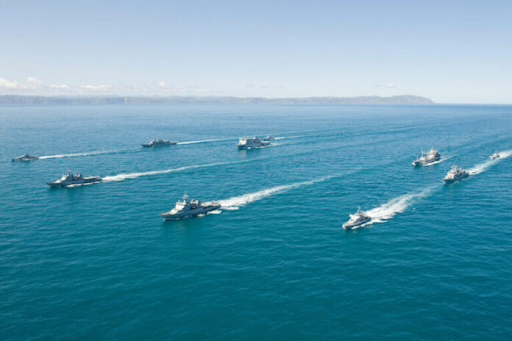The long-simmering dispute in the South China Sea turned physical on Tuesday in a tense encounter between China and the Philippines. Chinese Coast Guard ships fired water cannons at a Philippine fleet and, following a collision, Beijing accused Manila of orchestrating a deliberate ramming near the Scarborough Shoal. The incident has pushed already fraught relations to a new low.
The confrontation involved a significant deployment of over ten Philippine government ships, which approached the contested shoal from several directions. China’s response was swift and forceful, employing water cannons to repel the vessels. The situation became even more dire with the collision, an event for which China has assigned total blame to the Philippines, calling its actions “egregious.”
This maritime clash is set against the backdrop of China’s recent move to declare part of the shoal a national nature reserve. Announced just six days prior, the declaration was widely seen as a cynical ploy to assert sovereignty. The Philippines, which refers to the territory as Bajo de Masinloc, was preparing to lodge a formal diplomatic protest against this environmental pretext.
The Scarborough Shoal is more than just a collection of rocks; it is a symbol of the larger power struggle in the South China Sea. Control over this and other features is critical for access to fisheries and strategic positioning in one of the world’s most important maritime corridors. China’s expansive claims are the primary driver of these ongoing tensions.
Global powers are watching with concern and increasingly siding with the Philippines. A US senator denounced China’s strategy as a coercive attempt to rewrite maritime boundaries. The United Kingdom and Australia echoed these concerns, while Canada’s embassy in Manila explicitly condemned any “attempts to use environmental protection as a way to take control” over the disputed territory.
Water Cannons and Accusations: South China Sea Dispute Turns Physical
27


